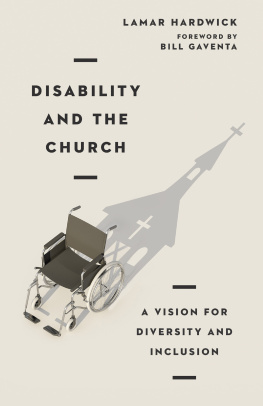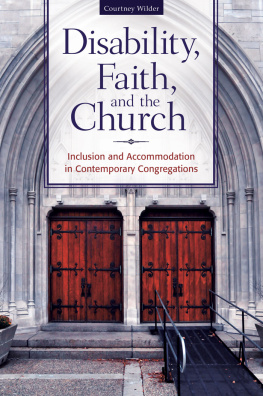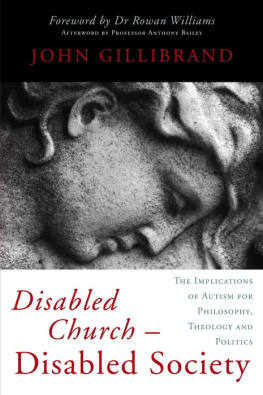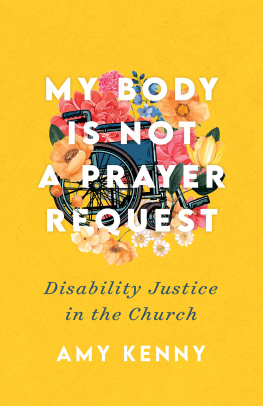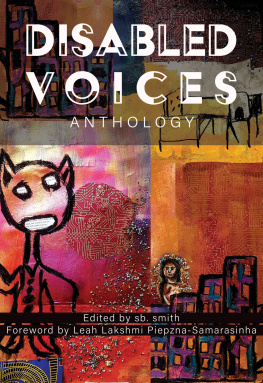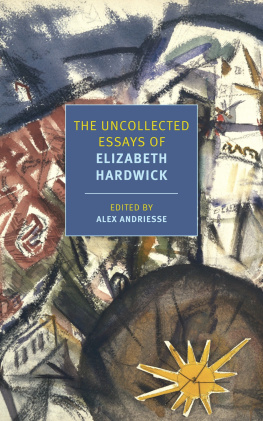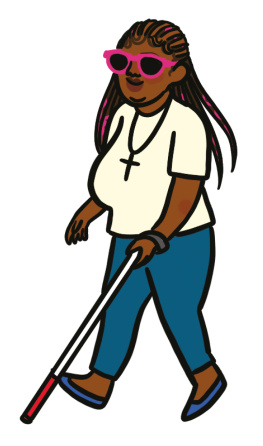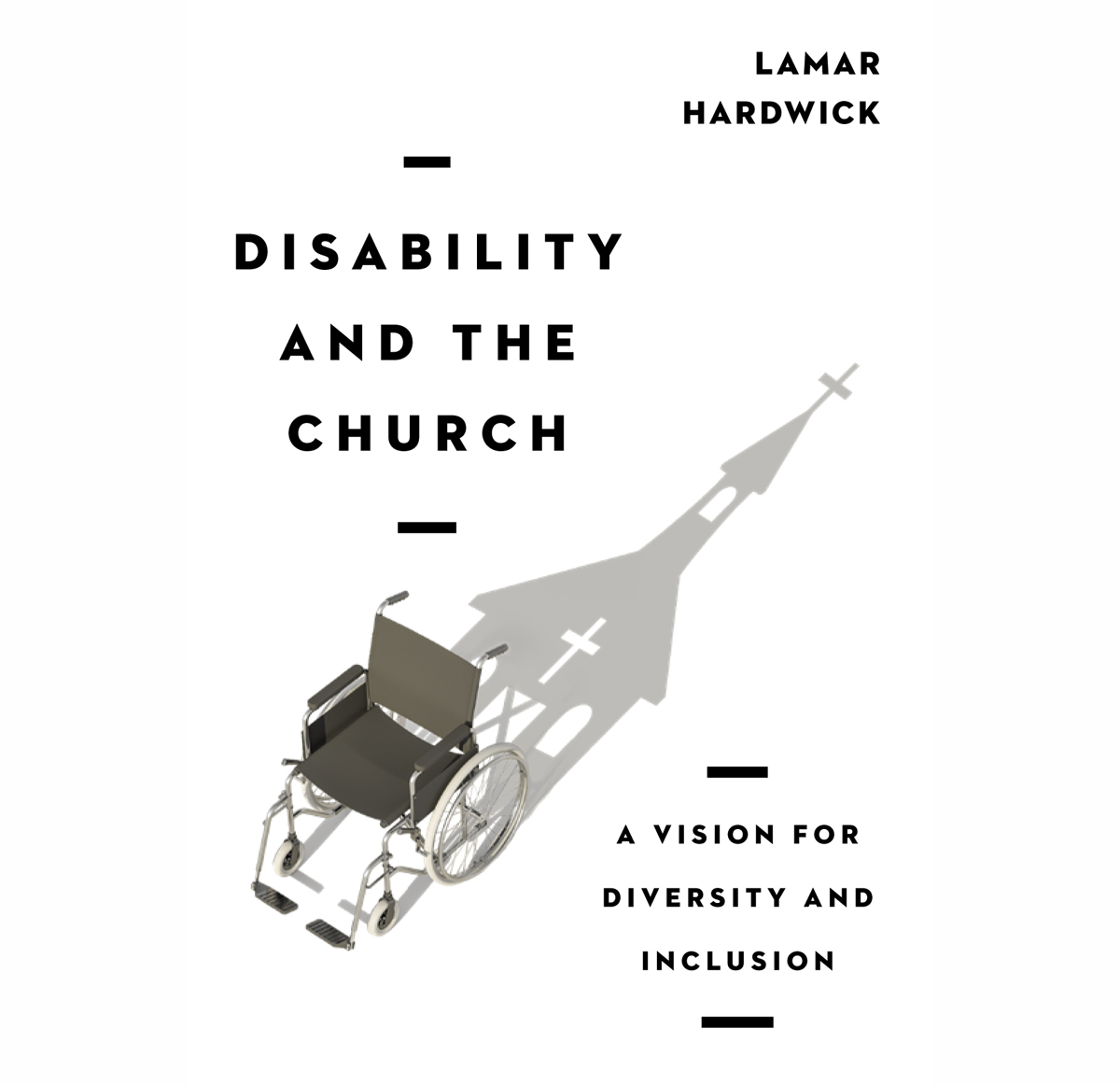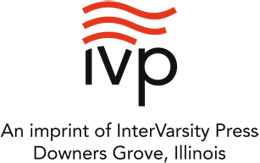Sommaire
Pagination de l'dition papier
Guide
InterVarsity Press
P.O. Box 1400, Downers Grove, IL 60515-1426
ivpress.com
2021 by Lamar Hardwick
All rights reserved. No part of this book may be reproduced in any form without written permission from InterVarsity Press.
InterVarsity Pressis the book-publishing division of InterVarsity Christian Fellowship/USA, a movement of students and faculty active on campus at hundreds of universities, colleges, and schools of nursing in the United States of America, and a member movement of the International Fellowship of Evangelical Students. For information about local and regional activities, visit intervarsity.org.
Scripture quotations, unless otherwise noted, are from the New Revised Standard Version Bible, copyright 1989 National Council of the Churches of Christ in the United States of America. Used by permission. All rights reserved worldwide.
While any stories in this book are true, some names and identifying information may have been changed to protect the privacy of individuals.
Published in association with the literary agency of Credo Communications, LLC, Grand Rapids, MI, www.credocommunications.net.
The publisher can't verify the accuracy of website hyperlinks beyond the date of print publication.
Cover design and image composite: David Fassett
Image: wheel chair illustration: Westend61 / Getty Images
ISBN 978-0-8308-4161-5 (digital)
ISBN 978-0-8308-4160-8 (print)
This digital document has been produced by Nord Compo.

FOREWORD

Bill Gaventa
T here was a cartoon years ago (pre-ADA, the Americans with Disabilities Act) that showed two kids playing in a sandbox, each alone, each complaining that there was no one to play with. It illustrated the developmental psychology model of parallel play, but this time it was being applied to the lack of communication and collaboration between services and supports for people with disabilities and their families, and the world of people committed to inclusive faith communities.
Since then, some things have changed. Thankfully, more and more congregations around the country have begun intentional initiatives to be more welcoming and inclusive of people with disabilities and their families. The resources both for practical strategies in ministry and the exploration of biblical themes and theological issues through the lens of disability have grown concurrently and exponentially across a wide spectrum of denominations and faith traditions within the Christian church and other faith traditions.
The realm of services and supports for people with disabilities has also significantly changed, with its continual movement toward community-based services and supports, self-determination, and continued advocacy for the rights and inclusion that were the dream of the ADA. Partnerships and collaborations between faith communities and service systems have grown in some areas, but there is still a long way to go before the people with disabilities and their families feel that their spiritual needs and gifts are respected and honored by both faith communities on the one hand and advocacy groups and service systems on the other, much less by the two working together.
There is another parallel play story going on. In the last few decades, growing numbers of congregations have begun to explore and respond to an ever-increasing diversity in communities across North America in terms of race, ethnicity, gender, and religion. The implications of multiculturalism for mission, evangelism, and congregational life are only just beginning to be envisioned and understood, underscored even more urgently by the divisive nature of American politics and the explosion of awareness of systematic racism in the chaotic summer of 2020.
The irony, sometimes tragic, is that the discussions about diversity in faith communities and seminary education usually do not include disability in that human rainbow, just as many of our societys advocacy initiatives related to multiculturalism also stop at the door of disability. The voices of people with disabilities and issues related to them are seen as something different, when in fact the implications of ableism and racism often hit people with disabilities the hardest, in whatever diverse community or communities they belong to. In both cases, growing awareness sometimes paralyzes individual and communal commitment to change, simply because one does not know where to start or feels so limited in comparison to the complexity of what is needed. They are seen as different worlds.
At the heart of discussions about both diversity and disability are the emotional fears and attitudinal sins of stigma and prejudice toward the other that solidify into systemic discrimination and social barriers. At the heart is our collective failure to see and honor the image of God in every single person whom God has created, or in secular terms, to see that we are all created equal with the right to life, liberty, and happiness, as well as our collective failure to enjoy, marvel at, and celebrate the diversity of humankind as a foundation of Gods creation.
This book by Lamar Hardwick opens new doors through which disability, diversity, the Bible, the church, and ministry can all be explored together as part of the same conversation and vision about the church, the one body of Christ. Pastor Lamar invites diversity and disability into the same inclusive room and puts them in discussion with the Bible, particularly the New Testament, the church, and the crucial role of leadership by the pastor. He brings along key insights from the world of disability studies and advocacy to highlight crucial points. The spirit that brings the book alive is his love of the church, his commitment to action and discipleship, and especially his openness about his diagnosis of Aspergers syndrome at age thirty-six. That discovery helped him understand a number of his problems in social relationships and other personality traits. More importantly, it gave him the courage to deal with the critical feedback about some of those patterns that had been problematic to parishioners and others. He writes honestly and directly, I decided they could not all be wrong. Then, trusting others to help, he figured out ways to change while also developing various supports from parishioners to help in areas that were not his strengths.
Using his own experience as an African American and as the autism pastor, Pastor Lamar then helps us understand practices, habits, and traditions in faith communities that could be called the hidden curriculums of church life. A concept from the world of education for and with people with autism, hidden curriculums refers to the implicit expectations about social and cultural behavior that are rarely spoken out loud or written down but come to the fore when someone fails to act in the way they are expected to. Think of a time when you have attended a service in a faith tradition far different from your own. Not knowing what to do and when to do it can be cause for both awkwardness and embarrassment. Those who are aware enough to know that new people might need a little assistance without fanfare are greatly appreciated welcomers. New people assumed to be other, by virtue of diversity or disability, have often not had the opportunity to learn those unwritten scripts because they did not grow up in that religious tradition and/or have not had the opportunity of years of practice that embed unspoken expectations into behavior.

